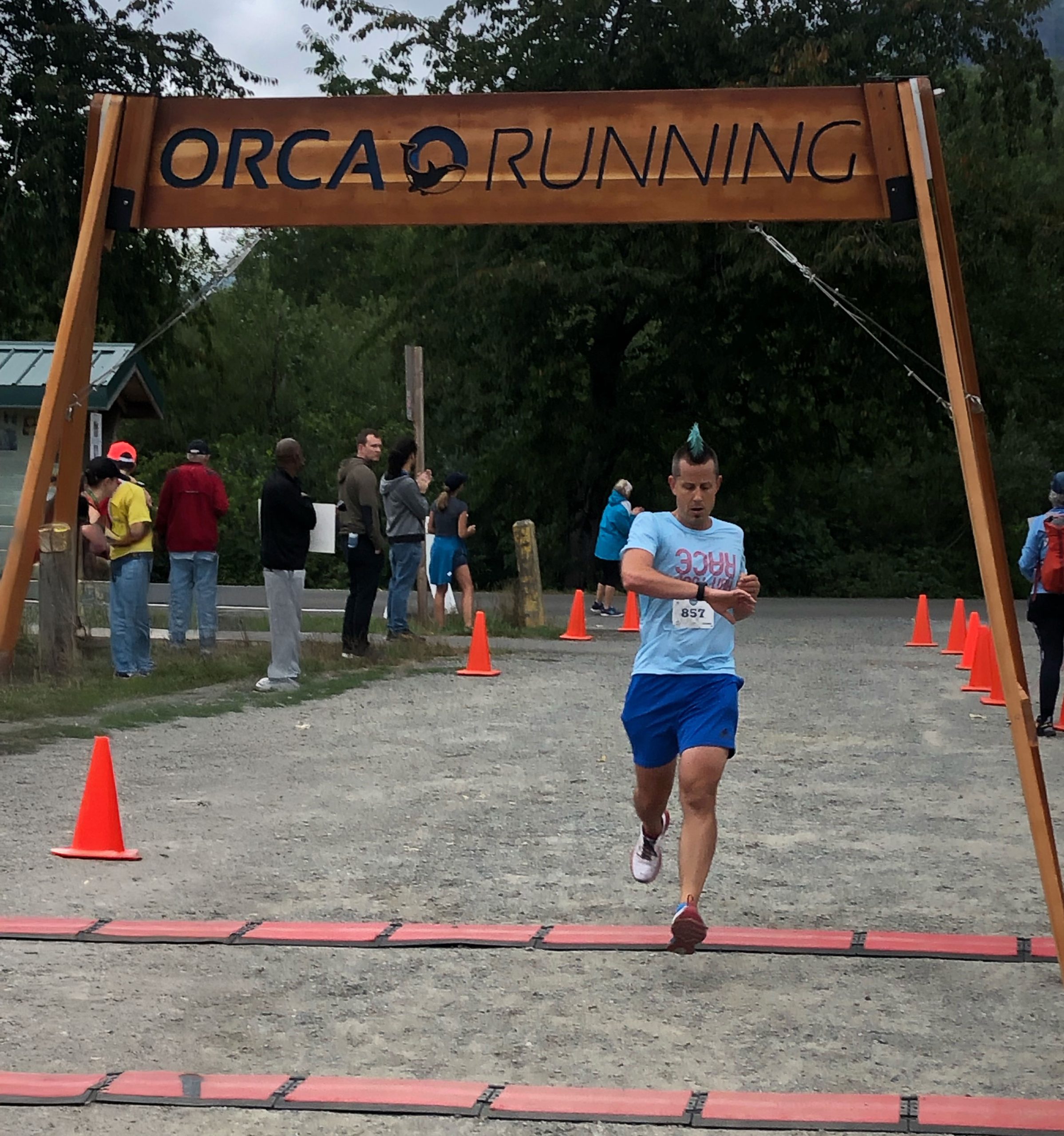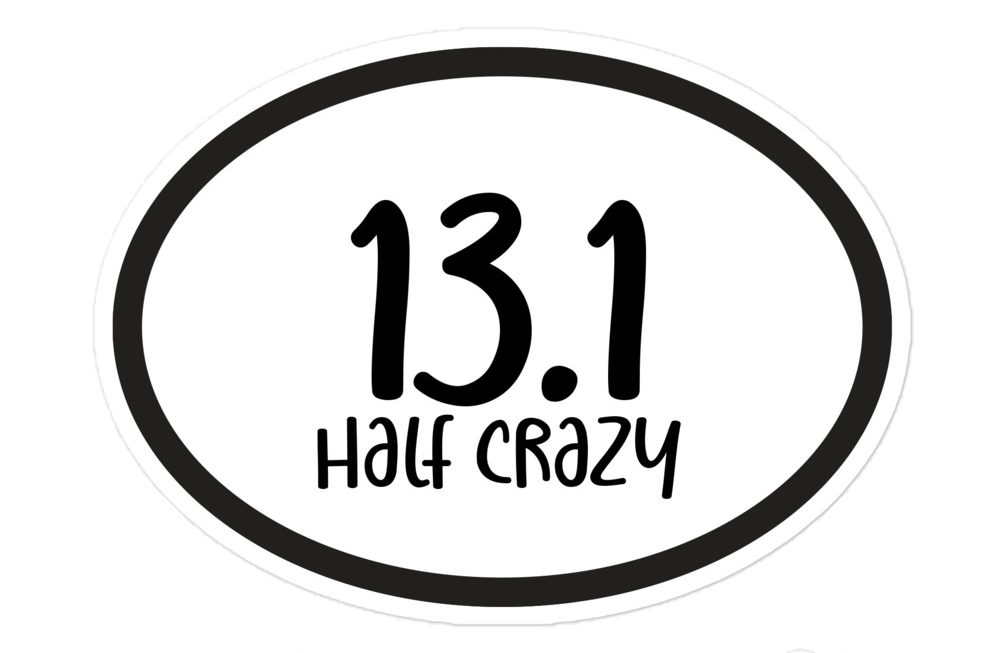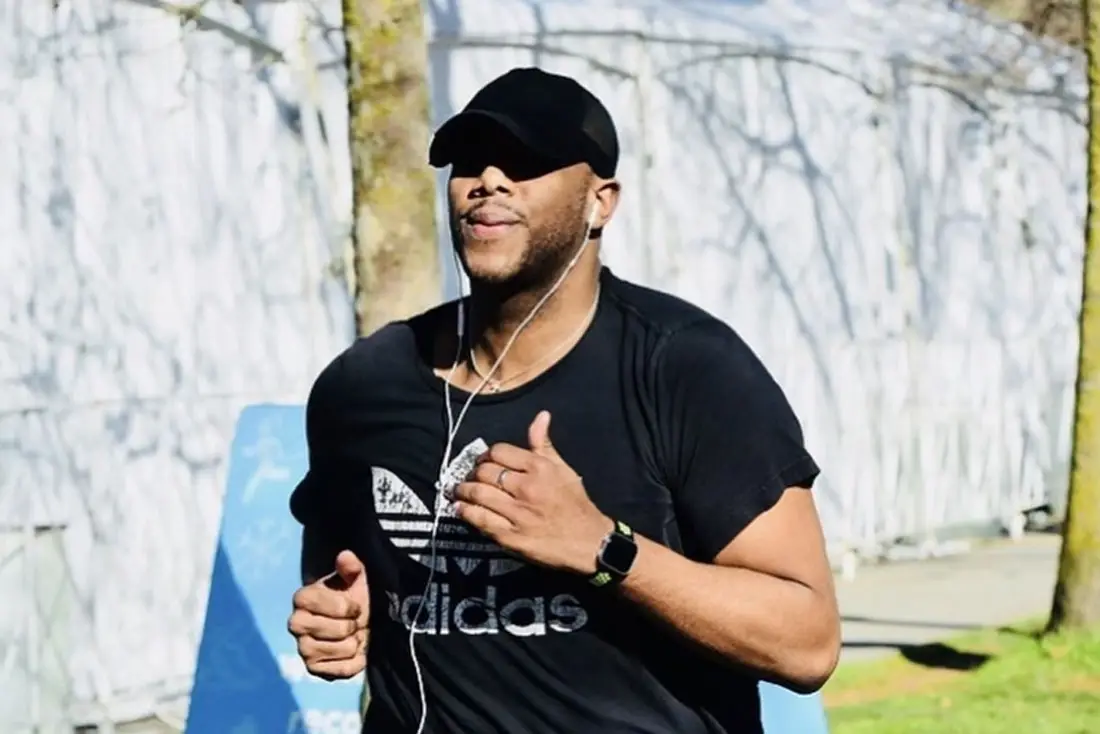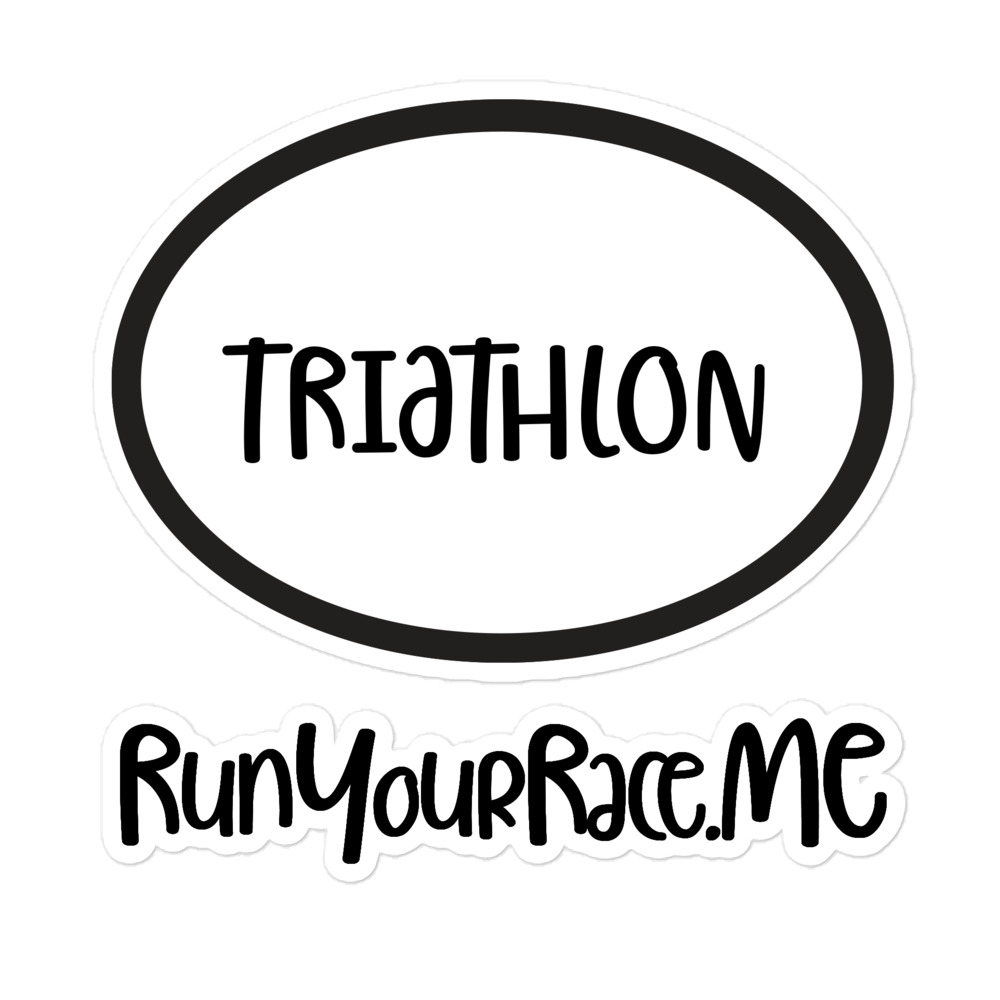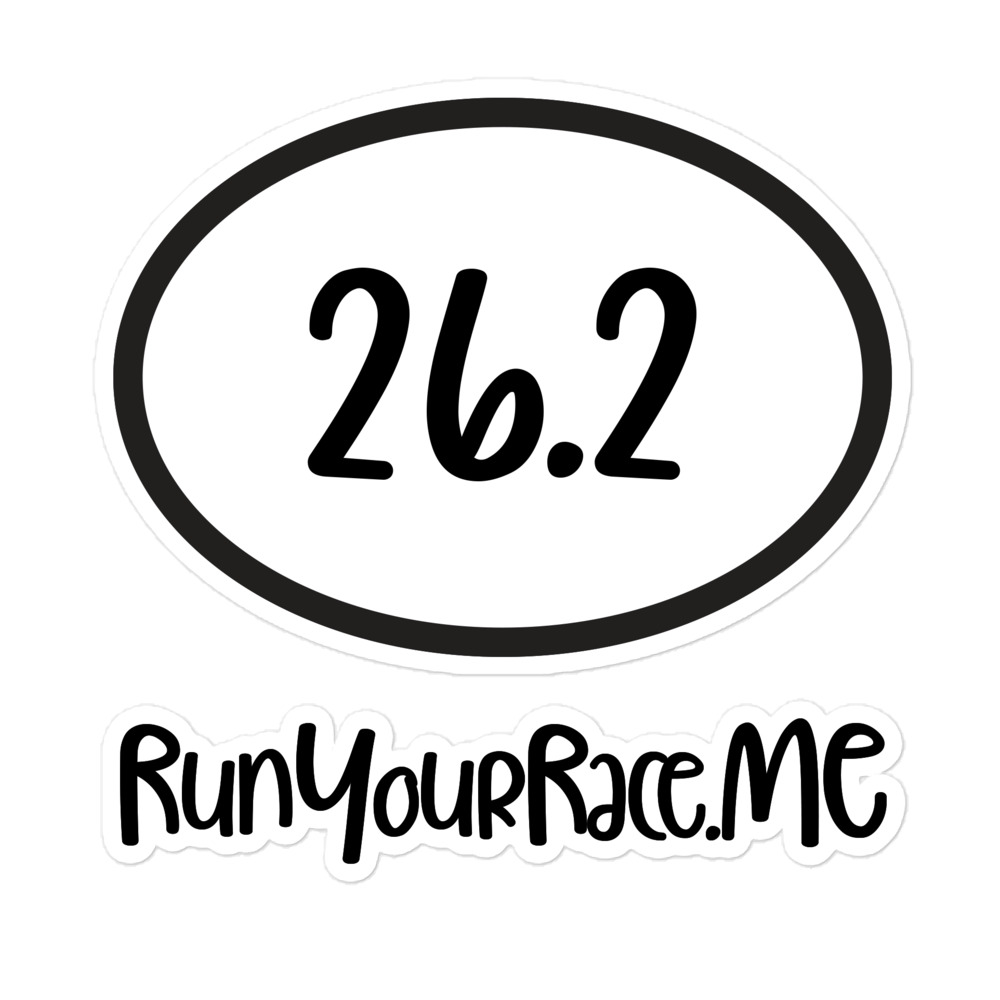
Achieving the perfect running pace is more of an art than science. It requires understanding your body’s responses and knowing how to listen to those subtle signals of comfort and distress. Here’s a guide to help you find and maintain your optimal running pace:
Understand Your Goals: Are you running for endurance, speed, or pleasure? Your goal determines your pace. Longer, slower runs enhance endurance, while shorter, faster sessions improve speed.
Use Technology: Utilize a GPS watch or a running app to monitor your pace in real-time. This technology can provide instant feedback and help you adjust accordingly.
Listen to Your Body: Pay attention to your breathing and heart rate. You should be able to hold a conversation without gasping for air at a moderate pace. If you’re pushing for speed, expect heavier breathing but avoid going all out for too long.
Test and Adjust: Regularly test different paces to find what feels best. Start slower than you think you need to and gradually increase your speed until you find a sustainable pace that aligns with your running objectives.
Recovery Matters: Your ability to maintain a certain pace will improve as your body recovers and adapts. Ensure you have adequate recovery days to allow for physical improvement.
Finding your perfect pace takes time and experimentation, but once dialed in, it can significantly enhance your running experience and performance.



